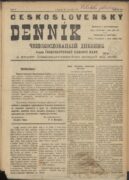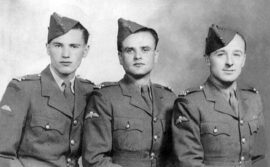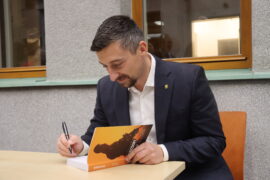
03 Russian light machine gun 1902 Madsen model calibre 7,62 mm Mosin
Fotogalerie



Based on the design of the Rasmussen self-loading rifle, Lieutenant Jens Theodor Suhr Schouboe developed a model of a light, air-cooled machine gun, but also initiated the founding of the Dansk Rekylriffel Syndikat in Copenhagen, which started producing machine guns.
However, the machine gun was named after the Minister of War, inventor and entrepreneur Vilhelm Hermann Oluf Madsen (1844-1917), who was also responsible for its introduction into the armaments of the Danish army in 1902.
The Madsen machine guns found their way into the arsenals of many armies, despite their rather complicated design, but balanced by their reliable function. In 1904, representatives of the Syndicate demonstrated the weapon to the Chief Artillery Directorate (Glavnoye Artilerijskoye Upravleniye - GAU) in Petersburg. Following favourable trials, the GAU ordered the first two hundred 7.62 mm Mosin machine guns for cavalry use in September 1904, and the factory delivered another 50 units by the end of the same year. The largest pre-war order for 1,000 machine guns was placed by the Tsarist government in July 1905. As the units were gradually armed with Maxim machine guns, the Madsens lost their importance, and by 1912 most of them were in fortress armouries. However, they came back into use during the First World War.
Aktuálně

Československý deník sehrál v životě legionářů v Rusku velmi důležitou roli. Poprvé vyšel v prosinci 1917

Děkujeme za podporu pro válečné veterány. Sbírka DiGiMÁK vynesla 450 tisíc korun

Tak trochu zamrzlé spojení

Válečný veterán Petr Matouš pokřtil v Armádním muzeu Žižkov svou knihu. Patronkou je i ministryně obrany Jana Černochová








